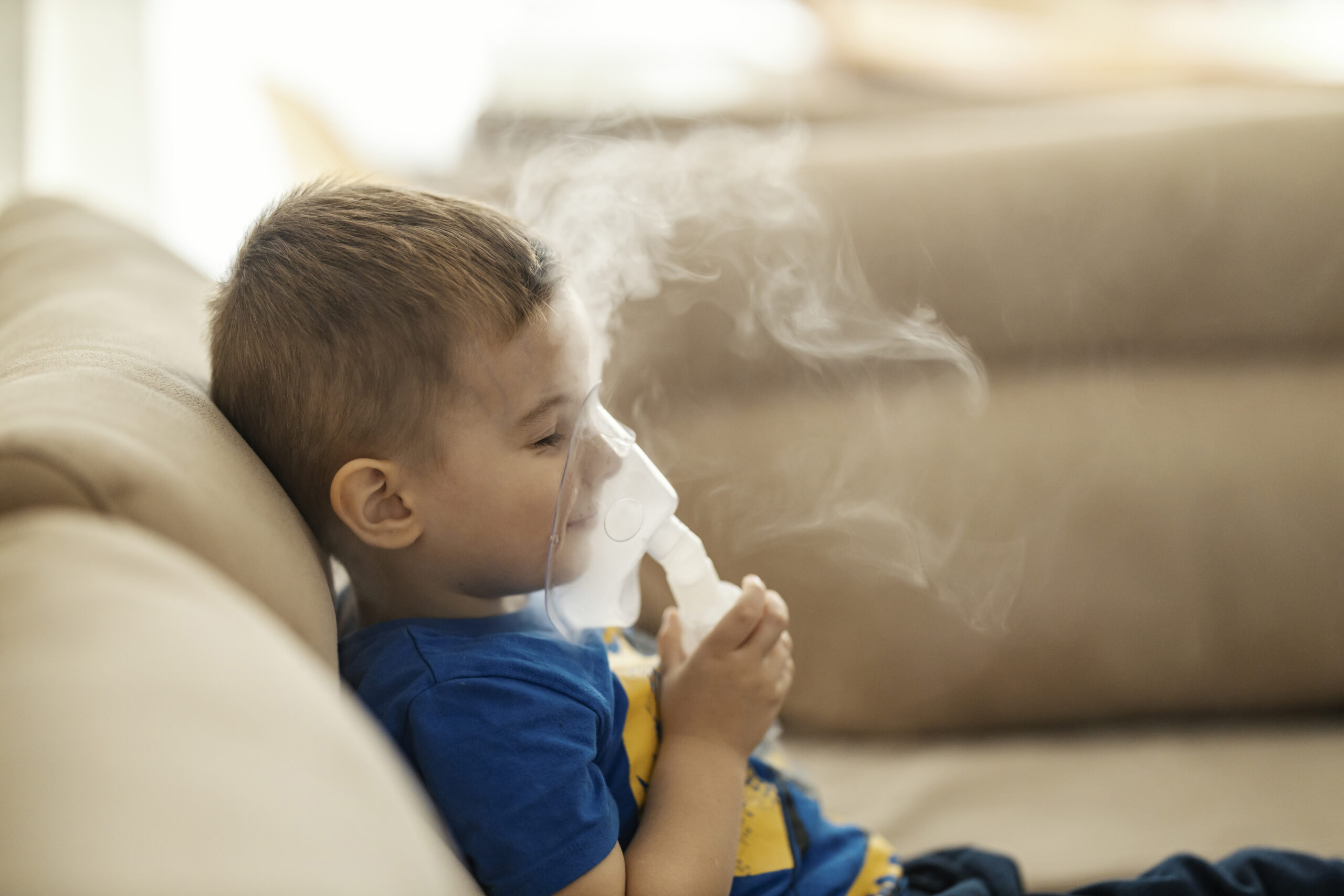
What is bronchiolitis?
Bronchiolitis is an inflammatory disease that causes blockage of the small airways called bronchioles. Bronchiolitis appears in the first two years of life, when the peak of morbidity is at the age of two months to six months and is rare after the age of one year. Usually appears in autumn and winter. The infectious agent is a virus, usually of the RSV type. Children with a medical history such as: premature, chronic heart and lung diseases, immunosuppressed, etc. may get sick more severely.
Disease symptoms and physical examination
In the first few days, the symptoms are mild and include a runny nose, cough and mild fever. Later, if the disease reaches the lungs, the cough is severe and is accompanied by wheezing, wheezing, shortness of breath, difficulty in eating, sighing, restlessness and swelling around the mouth. Sometimes there is vomiting after the cough, and there may also be eye and ear infections. At this stage it is recommended to be hospitalized for treatment. Bronchiolitis usually lasts 4-10 days with the critical period being in the first 2-3 days. The diagnosis is carried out by a nasal swab to check the presence of the virus (results will arrive from the laboratory after a day or two). The severity of the disease is measured by the oxygen saturation in the blood, which means: the ability of the lungs to transfer oxygen to the blood.
How are you treated?
- Giving oxygen – the treatment focuses on respiratory relief with the help of adding enriched oxygen in different ways: OXYHOOD (oxygen canopy that allows giving oxygen in different concentrations) or a reservoir mask (a mask used to give oxygen in high concentration), maintaining caloric balance and fluid balance.
- Drug treatments such as bronchodilators and steroids through an oxygen mask. The drugs help expand the airways and ease the shortness of breath for several hours. The drugs will also be given according to laboratory findings: chest x-ray and blood count.
- Prevention of dehydration – the sick baby should be fed often in small amounts. Breastfeeding is better than bottle feeding. Sometimes, when the baby is in severe shortness of breath, it is necessary to stop oral administration and give intravenous fluids. These liquids contain salts and sugars that provide a short-term nutritional requirement.
- Close supervision of the baby’s condition.
Prevention of infection
The virus is highly contagious. In order to prevent infection, adhere to the following rules:
- Can be infected by contact with mucous secretions: eyes, nose, mouth. That is why it is important to maintain hand hygiene – washing with soap after each treatment of the child or cleaning with an appropriate antiseptic solution.
- Cleaning toys.
- Do not stay with other children.
- The room must be ventilated to make breathing easier and to prevent a high concentration of viruses in the air.
at home
- You must continue to observe the rules of infection prevention even at home until a final recovery.
- If there is an aggravation, you should return to the attending physician or to the emergency room.
- It is important that the child drinks a lot to prevent dehydration.
- Smoking at home may worsen the child’s respiratory distress.

